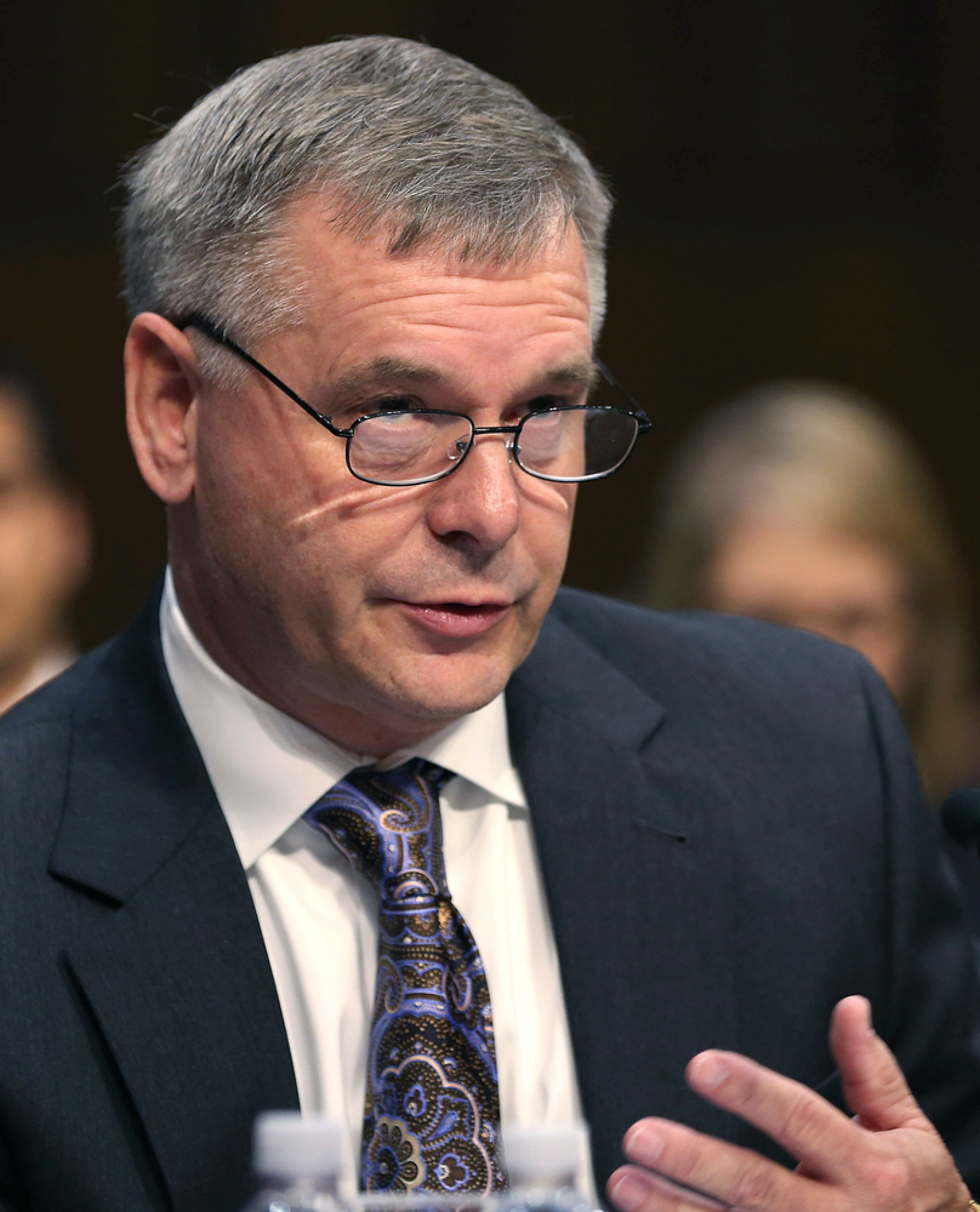21st Century Wire says…
How reckless is the US-Israeli joint government-sponsored cyber warfare weapon known as the ‘Stuxnet’ computer virus? How many lives have been put at risk, not to mention the environmental risks of a core meltdown by this malicious operation?

IMAGE: Eugene Kaspersky, CEO and co-founder of Kaspersky Labs
Eugene Kaspersky, CEO and co-founder of Kaspersky Labs computer security corporation, announced at the Australian National Press Club that Stuxnet has also infected Russian nuclear facilities. From a diplomatic standpoint, this rogue and dangerous act of cyber-terrorism by Washington DC and Tel Aviv – could trigger a new meltdown in relations between the US and Russia.
As has reported multiple times already on GMN live broadcasts, sources have claimed that the US-Israeli super virus was implanted into Iran’s nuclear power facility computer system by somehow using Microsoft’s automatic ‘system updates’ as the digital delivery mechanism.
 US General James Cartwright (photo, left), who was regarded by Washington insiders as ‘Obama’s General’, was recently thrown under the bus by the White House for blowing the whistle on ‘Operation Olympic Games’ which planted the Stuxnet and Flame viruses in Iranian nuclear facilities in order derail Iran’s civilian nuclear program. Cartwright’s revelations, it seems, hindered Israeli ambitions towards a war with Iran.
US General James Cartwright (photo, left), who was regarded by Washington insiders as ‘Obama’s General’, was recently thrown under the bus by the White House for blowing the whistle on ‘Operation Olympic Games’ which planted the Stuxnet and Flame viruses in Iranian nuclear facilities in order derail Iran’s civilian nuclear program. Cartwright’s revelations, it seems, hindered Israeli ambitions towards a war with Iran.
How long will Washington and President Obama pretend that this black point on America’s record never actually happened?
Not a good look for the Nobel Peace Prize winner Barack Obama…
US-Israeli computer super-worm hit Russian nuclear plant – Kaspersky
According to the computer scientist, he received a message a few years ago from a friend who worked at a Russian nuclear power plant in which the source claimed “their internet network [was] badly infected by Stuxnet.
The facility in question, Kaspersky added, is not wired to the Internet, suggesting that Stuxnet may have hopped its way onto an air-gapped system after being manually brought into the Russian nuke plant, such as on a portable drive.
Kaspersky didn’t point the finger at any parties in particular, but said, “Unfortunately, these people who are responsible for offensive technologies recognize cyber weapons as an opportunity.”
Security expert, Graham Cluley, wrote about the Stuxnet worm on his website this week and acknowledged, “Indeed, the very fact that it spread out of control, was what lead to its discovery by security firms.” But while companies like Kaspersky and Symantec have made great headway in tracking down the origin of Stuxnet and its sister worms, Flame and Gauss, revelations like the one last year in which Chevron claimed to have been infected by the same piece of malware has already suggested that the virus’s authors may have caused more collateral damage than they had bargained for.
With regards to the latest claims about the Russian plant, serious fallout could occur between major world powers if Kaspersky’s claim is correct and the disconnected nuclear system there really was infected by the Stuxnet worm.
“If the claim of the Russian nuclear plant infection is true, then it’s easy to imagine how this ‘collateral damage’ could have turned into a very serious incident indeed, with obvious diplomatic repercussions,” Cluley added.
After Kaspersky’s remarks began to circulate like wildfire on the Web, his company issued a press release reiterating the size and scope of Stuxnet, based on what scientists have already managed to learn.
“According to data from the Kaspersky Security Network, by the end of September 2010, more than 100,000 computer systems in approximately 30,000 organizations around the world were infected by Stuxnet,” the company confirmed.
As Kaspersky told the crowd in Australia, though, these computer worms — estimated to cost tens of millions of dollars to manufacture — are indeed quite capable of coming back and infecting entities it never intended to impact.
“Everything you do is a boomerang. It will get back to you,” he said.
According to Kaspersky, companies need to take necessary steps to protect themselves from hackers, whom he estimates to be behind millions of attacks every day. And even if attacks against critical infrastructure components are limited, he cautioned that no target is was too large to be subject to a cyber-attack.
“The space guys from time-to-time are coming with USBs, which are infected,” Kaspersky said. “ I’m not kidding. I was talking to Russian space guys and they said, ‘yeah, from time-to-time there are viruses on the space station.”
“So these computer networks are everywhere around,” he said, “and unfortunately they are not safe by design.”
However, major Russian nuclear authority Rosatom has denied allegations that its plant was ever affected by the Stuxnet worm.
READ MORE ABOUT STUXNET VIRUS AT: 21st Century Wire Stuxnet File















